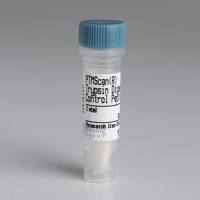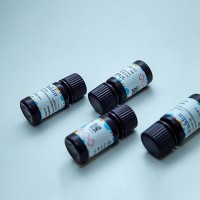Central neuropathic pain is associated with many disease states including multiple sclerosis, stroke, and spinal cord injury, and is poorly managed. One type of central neuropathic pain that is particularly debilitating and challenging to treat is pain that occurs below the level of injury (below-level pain). The study of central neuropathic pain is commonly performed using animal models of stroke and spinal cord injury. Most of the spinal cord injury models currently being used were originally developed to model the gross physiological impact of clinical spinal cord injury. In contrast, the T13/L1 dorsal root avulsion model of spinal cord injury described here was developed specifically for the study of central pain, and as such, was developed to minimize confounding complications, such as paralysis, urinary tract infections, and autotomy. As such, this model induces robust and reliable hindpaw mechanical allodynia. Two versions of the model are described. The first is optimal for testing systemically administered pharmacological manipulations. The second was developed to accommodate intrathecal application of pharmacological manipulations. This model provides an additional means by which to investigate central pain states associated with spinal cord injury, including below-level pain. Finally, a brief discussion of at-level pain measurement is described as it has been suggested in the literature that the mechanisms underlying below- and at-level pain are different.






